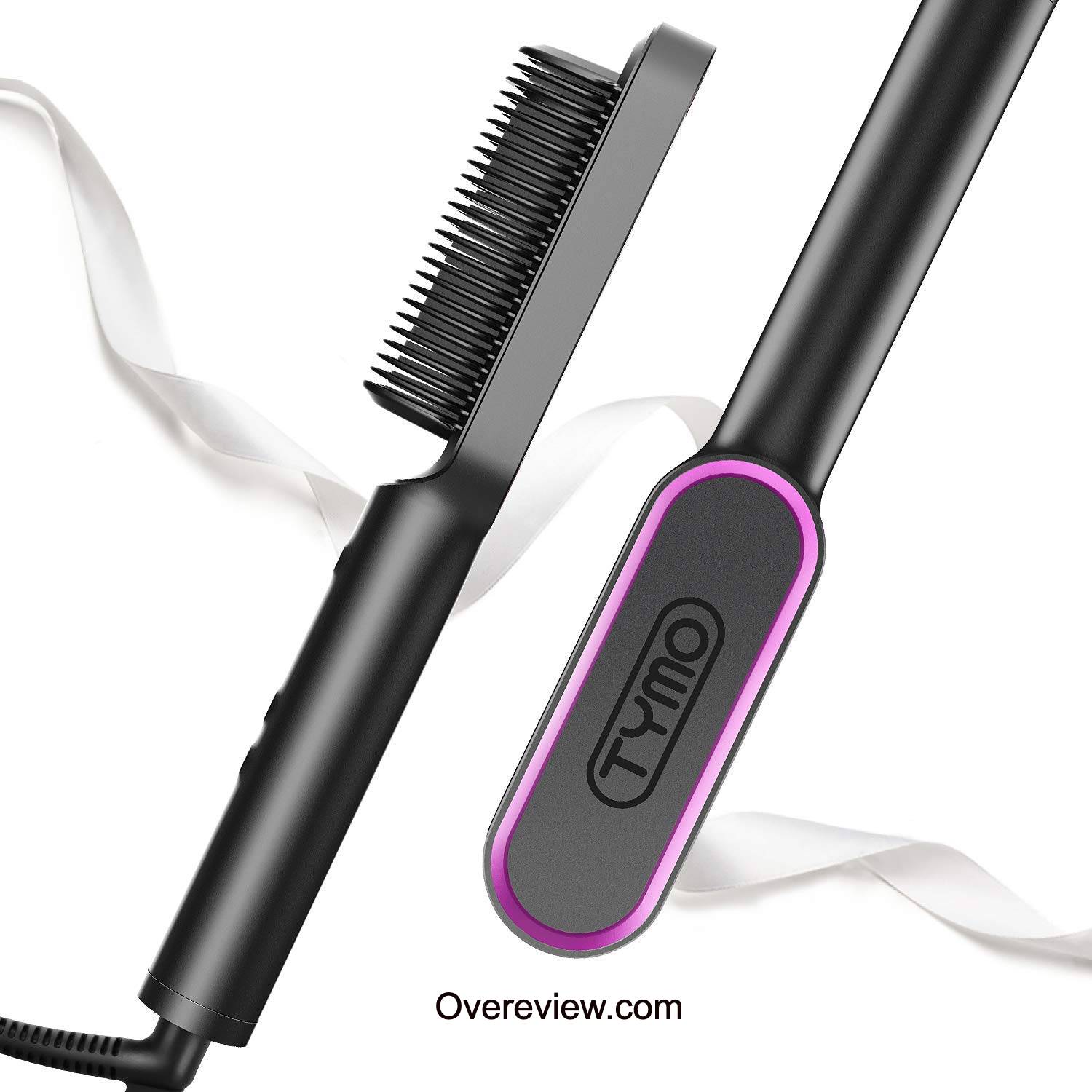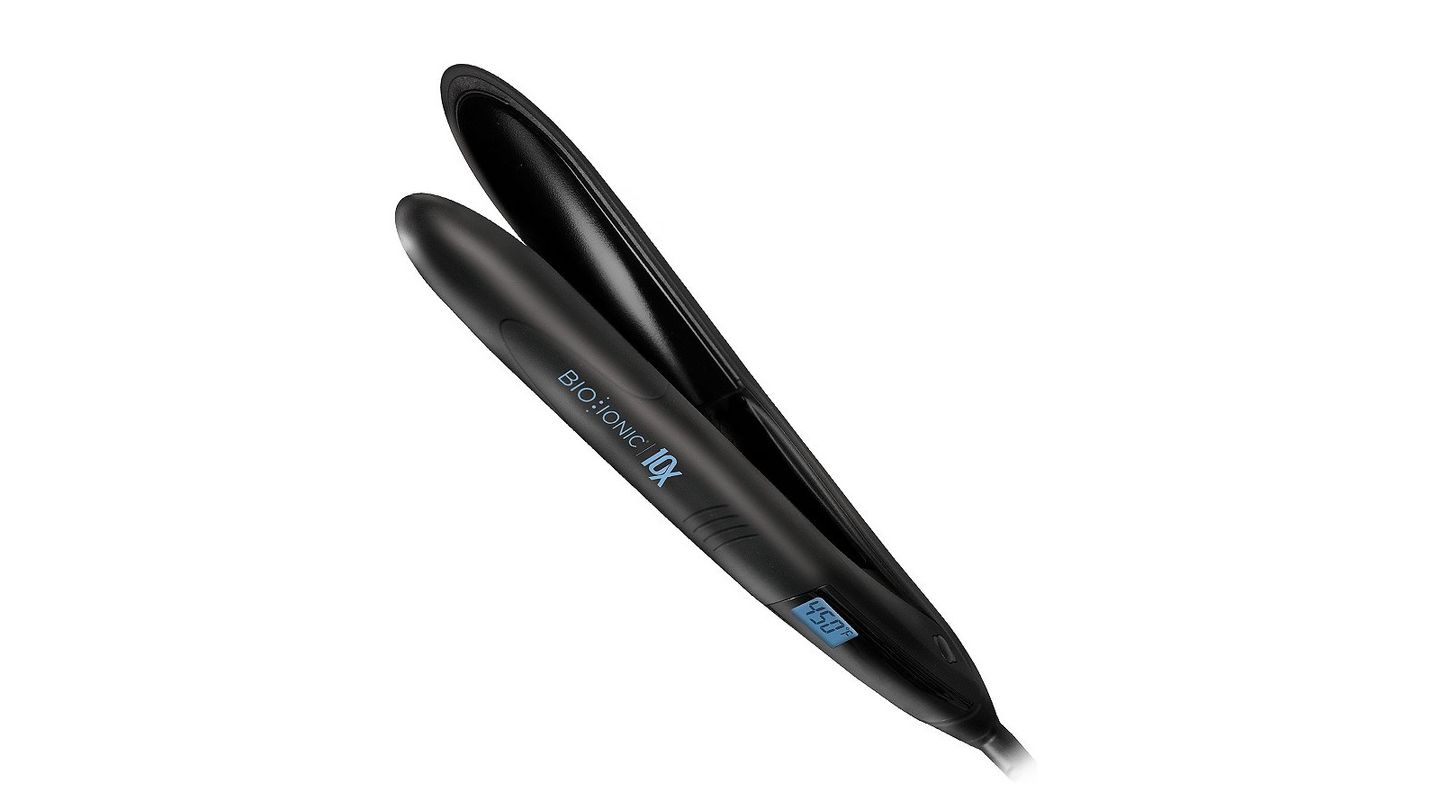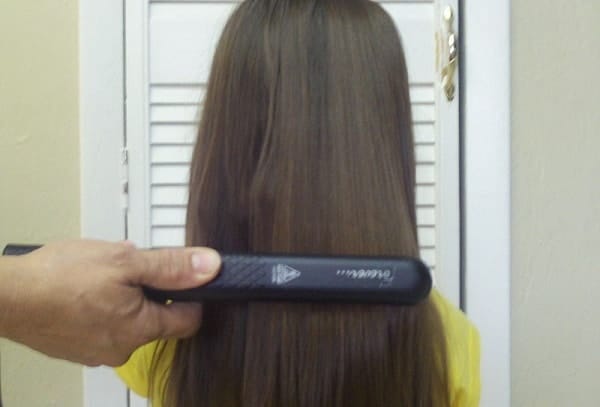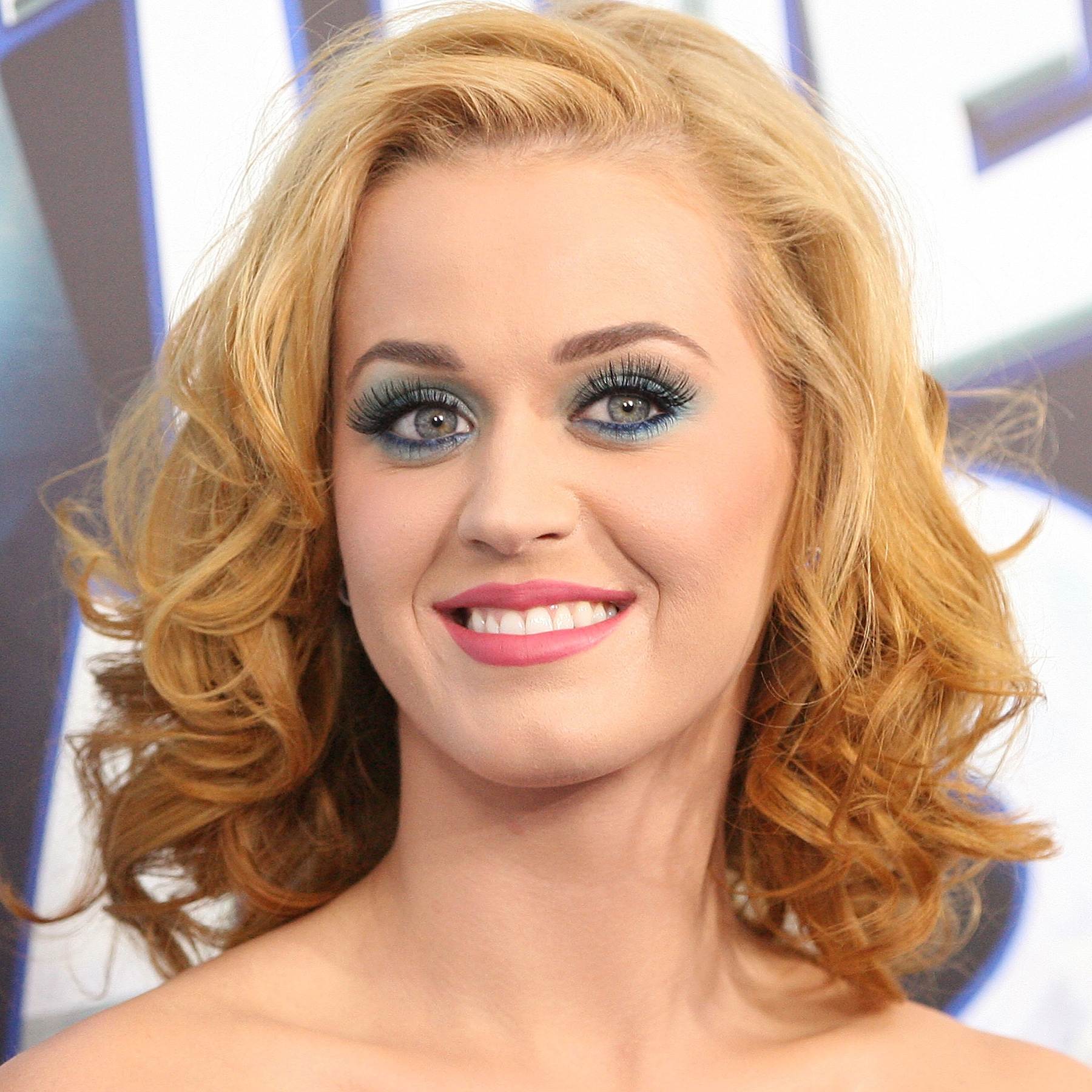Table Of Content

Additionally, it is important to note that ultrasounds cannot detect individual strands of hair but rather only larger clumps of hair follicles. One of the most common ultrasound results is the ability to see different human organs and structures. While ultrasound is a useful diagnostic tool for learning about a baby’s growth, development of its organs, and general health, it may not be able to identify some physical traits like baby hair. The rate and thickness of hair development are greatly influenced by factors such as genetics, hormones, and diet.
Why is my baby bald?
However, this isn’t always the case and some mums may have to wait until later in the 3rd trimester before they can catch a glimpse of their baby’s hair onscreen. Hair may be visible during the 22-week ultrasound, as this is typically around the time when hair growth develops. However, as previously mentioned, the visibility of hair during a scan depends on various factors, including the hair density and the quality of the imaging technology. Fetal hair growth patterns begin with the development of hair follicles on the fetus’s scalp around the 14th week of pregnancy. While it can be challenging to identify individual strands of hair, it is possible to detect a full head of hair on a baby in certain cases.
The Ultimate Guide To 3D Ultrasounds – A Peek Inside The Womb
So, grab a snack, put up your feet, and join us as we explore the ins and outs of the 3D ultrasound experience. One thing is certain, your baby can lose this first crop of hair leaving less than desired hair line or they may continue to grow healthy thick hair. I think it is safe to say the comparison between seeing Hair on Ultrasound vs When Born has no bearing. Some babies may have shed fulls of hair that hasn’t been identified on a scan whereas you may be led to believe they have a great head of locks already. Later in your pregnancy, you will be an expert at recognizing your baby’s movements. If possible see if you can get your examination around the times where you feel most movement.
Factors That Limit Hair Visibility on Ultrasound
'Wow, he has a lot of hair:' Idaho baby turns heads with crazy 'do - KGW.com
'Wow, he has a lot of hair:' Idaho baby turns heads with crazy 'do.
Posted: Thu, 02 Mar 2017 08:00:00 GMT [source]
Additionally, premature babies may have less hair than full-term babies, as hair growth is one of the last things to develop in utero. Premature babies, also known as pre-term babies, are born before 37 weeks of gestation. These babies are often smaller and less developed than full-term babies, which can make it more difficult to see certain features on a 3D ultrasound, including hair.
Understanding Abnormalities via Ultrasound
I specialize in writing articles that address common parenting questions and offer practical solutions. The parents, who have chosen to remain anonymous, said they were taken aback when they first saw the image but have since embraced their child’s unique look. They believe that it is a sign of good luck and are looking forward to lots more surprises as their baby grows up. In the meantime, give that little head plenty of kisses and take lots of photos because, in a few years, you’ll all have fun marveling at the hair they were or weren’t born with.
Today's Parent reported that babies usually lose their lanugo between weeks 32 and 36, and that premature babies might be born with their protective fur. In premature babies, lanugo eventually falls out and is replaced by vellus, the "peach fuzz" that grows on hairless areas of the body (feel your earlobe and see for yourself). If you do see hair in a late ultrasound, it will probably look like white strands on the scalp, or a fuzzy white halo. In summary, identifying hair on an ultrasound can be challenging due to various factors that influence image quality. While it may be difficult to see individual strands, a full head of baby hair can sometimes be detected with the right conditions and settings.
Babys Hair On Ultrasound Vs. When Born (What To Expect)
Despite the fact that ultrasounds may provide important information about a baby’s development, hair growth is not usually seen with them. When a child is born, parents look forward to seeing how their hair develops and changes over time. Even though ultrasound imaging is a useful and often used technique in prenatal care, it is not always able to see fine features, such as baby hair. Despite the great advancements in ultrasound technology, the resolution may not always be enough to properly identify minute features like the presence or absence of baby hair. The main purpose of ultrasound is to provide a thorough glimpse of the fetus’s internal anatomy and development. It may not always catch the finer details, like hair, but it can provide an overall picture of the baby’s look.

One common question that many expectant mothers have is whether they can see their baby’s hair on a 3D ultrasound. While it is possible to see hair on a 2D ultrasound, the visibility of hair on a 3D ultrasound can vary. However, it is important to note that 3D ultrasound is not always necessary or recommended for every pregnancy. It is typically used in cases where there may be a concern about the baby’s health or development, or in cases where parents want a more detailed view of their baby. Enter our slideshow of the third trimester of pregnancy, made in conjunction with the American Institute of Ultrasound Medicine (AIUM), Johns Hopkins, and the March of Dimes.
Different Types of Hair
Moreover, a deficiency in certain nutrients can lead to slower hair growth or even hair loss. It’s essential to follow your doctor’s recommendations for prenatal vitamins and maintain a healthy diet during pregnancy to promote your baby’s hair growth. An exciting discovery for proud parents-to-be is the appearance of baby hair on their 2D ultrasound scan. As early as 17 weeks into the pregnancy, ultrasounds can show a hint of dark locks sprouting from the head of your little one.
Eating a diet rich in proteins, vitamins A and D, omega-3 fatty acids, iron, and zinc is essential for both mother and baby’s health. It’s important to note that ultrasound technology cannot detect hair follicles themselves. However, it can visualize the density of hair on a baby’s scalp, which is influenced by their genetics. Ultrasounds are a useful tool during pregnancy, as they allow medical professionals to observe the baby’s development and assess its overall health. Throughout gestation, a series of ultrasounds may be conducted to monitor fetal growth and identify any abnormalities. Ultrasounds are widely used in medical imaging to produce images of internal organs, tissues, and structures.
As a dynamic husband and wife duo behind Curl Centric, our passion for curly hair has fueled a transformative journey. Co-founder of Curl Centric® and Natural Hair Box, Kenneth has dedicated himself to promoting ethical and scientifically-backed hair care practices. Rigorous editorial guidelines, industry recognitions, and features in numerous media outlets evidence his expertise. Kenneth’s commitment to transparency, quality, and empowerment has positioned him as a trusted voice in the field, empowering readers to confidently embrace their natural beauty. We hope this article has helped explain how ultrasounds show developing hair and how that image compares to the hair your baby will be born with. Conversely, pregnant women who didn’t have heartburn during pregnancy mostly gave birth to bald babies.
Your baby will start to sprout fine body hair called lanugo at around 22 weeks of pregnancy, although this typically falls out within the first few weeks after your baby is born. Meanwhile, the hair on your baby’s head will also become visible around this time. Some babies grow a lot of hair, others have barely any when they’re born.
Additionally, the sound waves emitted by the ultrasound have to travel through amniotic fluid, fat, and skin on their way to mirror your baby. Ultrasound technology is not currently advanced enough to distinguish between different hair types, such as curly or straight hair. The images generated by ultrasounds focus on structural details, and differentiate between hair types is beyond their capabilities. Hair can become visible on an ultrasound as early as 20 weeks gestation.
In ultrasound imaging, high-frequency sound waves, typically between 2 and 18 MHz, penetrate tissue and reflect off boundaries between different structures. These reflected waves are then captured and analyzed to create an image, known as a sonogram. Ultrasound technology uses sound waves to create images of the inside of the body. It is a non-invasive diagnostic tool that allows medical professionals to examine organs, blood vessels, and other internal structures. Though ultrasounds may not provide a clear image of hair, there are insights to be gained about a baby’s potential hair growth and other factors. By the 15th week, your baby’s hair pattern starts to develop as the hair pushes through the scalp.
Remember that the main goal of ultrasound imaging is not to provide a precise picture of a particular aesthetic feature, but rather to track the baby’s development and overall health. High-frequency sound waves are used in non-invasive medical treatments called ultrasound scans to provide pictures of inside body structures. A transducer, which generates the sound waves, and a monitor, which shows the obtained pictures, are the pieces of equipment used in ultrasound scanning. Thanks to considerable advancements in ultrasound technology, medical experts may now acquire comprehensive photos of the baby, including traits like baby hair. Indeed, the existence of baby hair may be seen in the high-resolution pictures generated by contemporary ultrasound scanners, offering an intriguing window into the developing fetus.


















